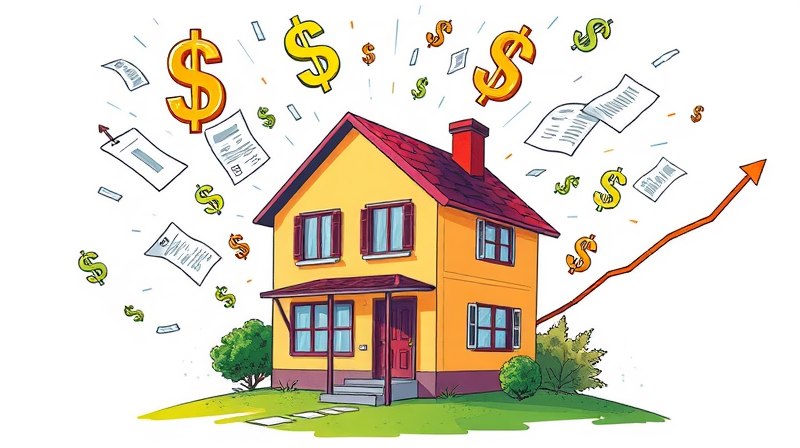
Mindful reinvestment of dividends in taxable accounts requires balancing growth aspirations with tax implications and liquidity needs. By understanding how reinvestment plans work, investors can harness the power of compounding portfolio growth over time while avoiding common pitfalls that lead to unnecessary tax burdens.
Dividends represent a steady stream of income for many investors, but mindless reinvestment can carry unintended consequences. Automatic reinvestment programs may lock capital into a single security over time, creating concentration risks that undermine diversification strategies. Likewise, ignoring the tax effects of reinvested dividends can lead to unexpectedly large tax bills and even double taxation when shares are sold.
Adopting a thoughtful approach to dividend reinvestment means evaluating your personal financial goals, tax situation, and risk tolerance before choosing an option. A deliberate strategy positions you to enjoy both income and growth without sacrificing flexibility or tax efficiency.
When a company or fund distributes dividends, taxable account holders can either accept the payout as cash or reinvest the proceeds into additional shares. Reinvestment can occur automatically through a Dividend Reinvestment Plan (DRIP) or manually through broker platforms. Each reinvested dividend becomes a separate tax lot, which must be tracked for cost basis purposes.
In taxable accounts, dividends are taxable in the year they are received, regardless of whether you take cash or reinvest. Qualified dividends benefit from long-term capital gains rates of 0%, 15%, or 20%, while ordinary dividends are taxed as ordinary income. Investors will receive a 1099-DIV form each year, and accurate tax reporting is essential.
accurate record-keeping avoids double taxation. When dividends are reinvested, the cost basis of your position increases by the amount reinvested. Failure to adjust the cost basis can result in paying taxes twice on the same dollars: once when received as a dividend and again as a capital gain upon sale.
Dividend Reinvestment Plans offer both benefits and drawbacks that investors should weigh carefully. While the allure of seamless compounding is strong, automated programs may lead to hidden risks if not monitored regularly.
Effective strategies for reinvestment focus on aligning dividend decisions with broader financial objectives. A holistic approach considers income requirements, tax efficiency, and portfolio balance.
Over time, automatic reinvestment into the same securities can distort your target asset allocation. To maintain a balanced portfolio, consider redirecting some dividends into exchange-traded funds or mutual funds that cover sectors where you are underexposed. Alternatively, taking dividends in cash allows for manual deployment of capital across broader market opportunities.
When possible, allocate dividends across multiple holdings to reduce volatility and sector-specific risk. This practice helps you balance between growth and liquidity and seize new opportunities without disrupting existing positions.
Consider an investor who purchases 1,000 shares of a dividend-paying stock at $18.25 per share, for a total cost of $18,250. The company declares a $0.54 per share dividend, resulting in $540 of dividend income. If reinvested, the dividend purchase increases the share count and cost basis as shown below:
When shares are eventually sold, subtract the adjusted cost basis of $18,790 from the sale proceeds to calculate the capital gain. Properly accounting for the reinvested dividends in the cost basis prevents avoid paying tax twice on the same proceeds.
Maintaining detailed records of every reinvestment transaction is vital. Tracking purchase dates, share quantities, and cost basis adjustments ensures accurate tax reporting and helps you fine-tune your strategy over time. Most brokerage platforms provide tools to download transaction histories, but periodic verification against your own spreadsheets or software is recommended.
A disciplined periodic portfolio review is essential—ideally on an annual basis—allows you to reconcile your holdings, rebalance toward target allocations, and reassess DRIP enrollments in light of life changes or evolving goals.
Mindful dividend reinvestment in taxable accounts blends the power of compound growth with disciplined tax planning and diversification. By understanding how DRIPs work, accounting for tax implications, and periodically reviewing your portfolio, you can harness benefits while mitigating hidden risks. Whether you choose to reinvest automatically, reroute dividends manually, or take cash distributions, adopting a thoughtful strategy positions you to meet both income needs and long-term wealth objectives with confidence.
References













